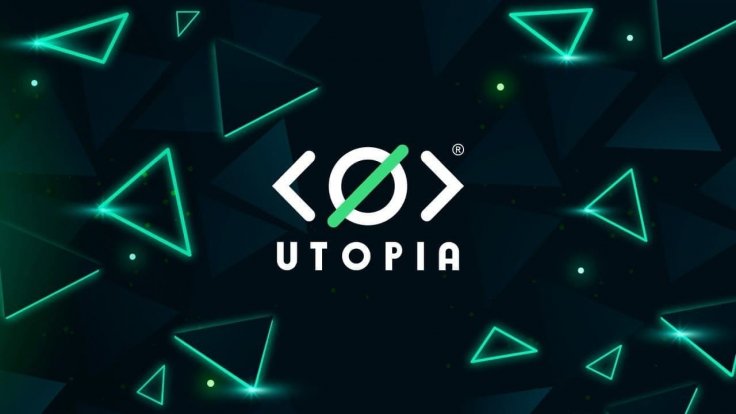
Finding the best cryptocurrency to mine is often a lot more complicated than people want to think. However, as concerns over energy consumption associated with crypto mining continue to flare up, it is essential to explore alternative options. For example, the minting of new crypto assets can be completed in different ways that are far more energy-efficient.
Transforming Cryptocurrency Mining
In most public blockchain ecosystems, mining new cryptocurrencies is an essential aspect. Major networks such as Bitcoin, Ethereum, and others all require mining activities to generate new coins and secure the network. Although Etheruem is transitioning to proof-of-stake - which is more environmentally friendly as it doesn't require special hardware - the other public networks will continue to require tremendous amounts of electricity to operate.
At the same time, one can argue most of the electricity from cryptocurrency mining comes from renewable sources today. That aspect is often overlooked, as most people concern themselves with the amounts of electricity flowing through this network. The debate will rage on for some time to come, giving developers every chance to explore alternative options regarding consensus mechanisms. There are numerous options to experiment with, all of which can positively impact the cryptocurrency industry.
The issuance of new coins on a blockchain is possible through various means. However, it is essential to achieve consensus in such a way users feel empowered. With traditional mining, that is not always possible, as Proof-of-Work limits the decentralized aspect of these blockchain ecosystems. Therefore, creating an inclusive ecosystem is of the utmost importance in this industry.
Crypton Takes A Different Approach
The Utopia cryptocurrency ecosystem - of which Crypton is the native currency - has opted for a different approach to issue new coins and achieve a high degree of decentralization. Through the Utopia Mining Bot, users can redirect data packets and create "bogus" traffic to cover up network transactions. In doing so, a degree of privacy is added to the network as transfers are untraceable. In exchange for providing this service, Utopia Mining Bot users - who operate a network node - receive a reward paid out in Crypto (CRP).
The Utopia Mining Bot is built not to disrupt the performance of users' computers or the ecosystem. While anyone can run the mining bot, the option to mine Crypton is entirely voluntary. As the Utopia Mining Bot is separate from the regular application, users pursuing the mining aspect will need to download it separately and make the conscious decision to do so.
Users can achieve a higher degree of efficiency when mining Crypton. As selfish mining is not possible in this ecosystem, it is often better to provide all possible services. Packet routing and providing RAM to the network continually will yield higher rewards. The best way to achieve this goal is by running the bot on a VPS, which is always connected to the internet. Higher node reliability will yield higher income from mining Crypton.
Closing Thoughts
The ongoing innovation in the cryptocurrency industry is worth keeping tabs on, as numerous options remain unexplored today. Letting users use a mining bot on a Virtual Private Server to provide valuable network services and earn rewards is a significant improvement over traditional cryptocurrency mining. In addition, it is far more energy-efficient and creates a higher degree of decentralization.
For users who want to maximize their mining rewards, the Utopia Mining Bot offers many advantages. Moreover, the team leaves users the free choice as to whether they want to mine Crypton in the first place. Empowering users requires innovative and unusual solutions that will never be present in other public blockchains. Whether this approach will prove successful is difficult to predict, but giving users more options is never a bad idea.









